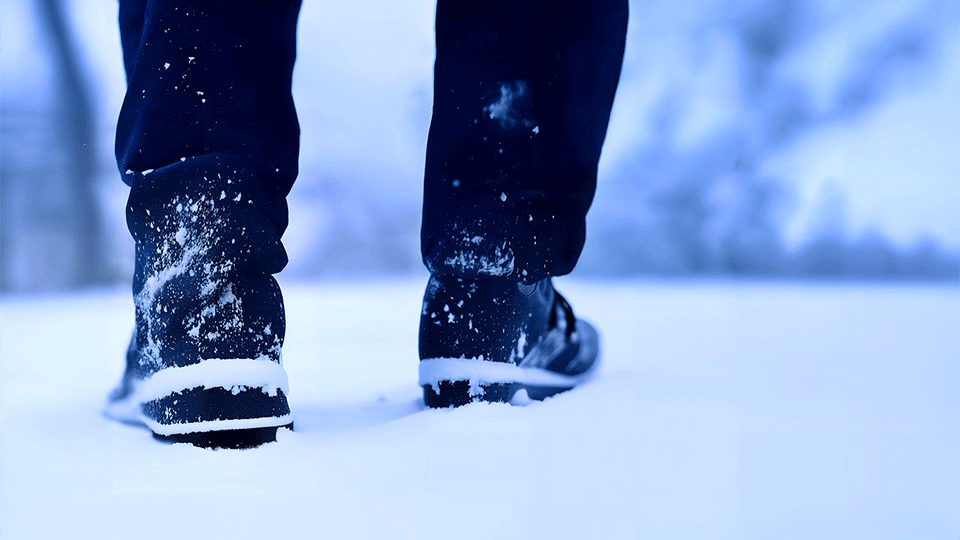

Winter, with its beautiful snowy landscapes, brings forth its unique challenges, one being having to walk on icy terrains. Overcoming this slick obstacle often depends on the type of footwear you have on. This article provides a more detailed exploration into snow boot designs and their effectiveness for walking on ice.
The key to a secure step on ice lies in the level of traction your footwear offers. Snow boots designed for icy conditions venture beyond the standard design, focusing particularly on the rubber compositions and structure of treads and lugs on the footwear's sole.
Surprisingly, the nature of rubber used in creating a snow boot plays a large role in its performance on ice. Winter boots typically house softer rubber compounds in comparison to regular boots — a design element aimed at maintaining flexibility and grip in cold temperatures where hard materials would otherwise stiffen and lose traction.
Going a step further, the pattern of treads, or lugs, on the sole determines how efficiently the boot can grip and navigate icy terrain. Deep, wide lugs provide better points of contact with the ground, allowing for improved grip and stability.
Furthermore, channels or spaces between the lugs provide a path for trapped snow or ice to escape from underneath the shoe rather than accumulate and create a smooth, slippery surface that would compromise your balance.
Walking into a store—or searching online—you'll likely come across an array of boots touted as 'snow boots'. However, all snow boots are not made equal. While all snow boots are intended to provide warmth and repel moisture in snowy conditions, they don’t all come equipped for icy terrain.
To ensure maximum traction for icy adventures, search for boots that feature deep lug patterns and rubber flexible enough to resist stiffening in cold conditions. In some situations—such as extremely icy conditions or sloping landscapes—additional traction devices such as spikes, chains, or crampons could be particularly valuable. Remember, the objective when choosing snow boots for ice should be optimizing balance, control, and stability.
Equally important is ensuring your snow boots are a good fit. No matter how effective a boot's tread or how flexible its sole, if it doesn't fit properly, it can adversely affect your balance and potentially increase the risk of slips and falls. The boots should be snug but not overly tight, allowing for good circulation. There should also be enough room to wiggle your toes – a critical factor in maintaining warmth.
Depending on your specific needs and lifestyle, you might also consider boots with additional features such as easy pull-on styles, fast lacing systems, or durable zippers for easier donning and removal.
While it’s tempting to opt for stylish boots, prioritizing functionality and safety over aesthetics when selecting snow boots for icy conditions is a wise move. Shiny embellishments, trendy designs, and a standout color are pointless if the boots compromise on comfort, warmth, or practicality.
Finally, once you have selected your snow boots, it can be beneficial to try them out in a safe environment before putting them to the test on icy terrains. This will give you a feel for the boots and their traction capabilities which can boost your confidence and preparedness when it’s time to step on ice.
To sum up, while walking on ice does not come without its risks, the right pair of snow boots can significantly reduce these risks and provide better control, stability, and overall confidence in such situations. Before your next icy adventure, consider these tips and insights to help you select the ideal snow boots, ensuring optimal safety and enjoyment while exploring winter's icy wonders.